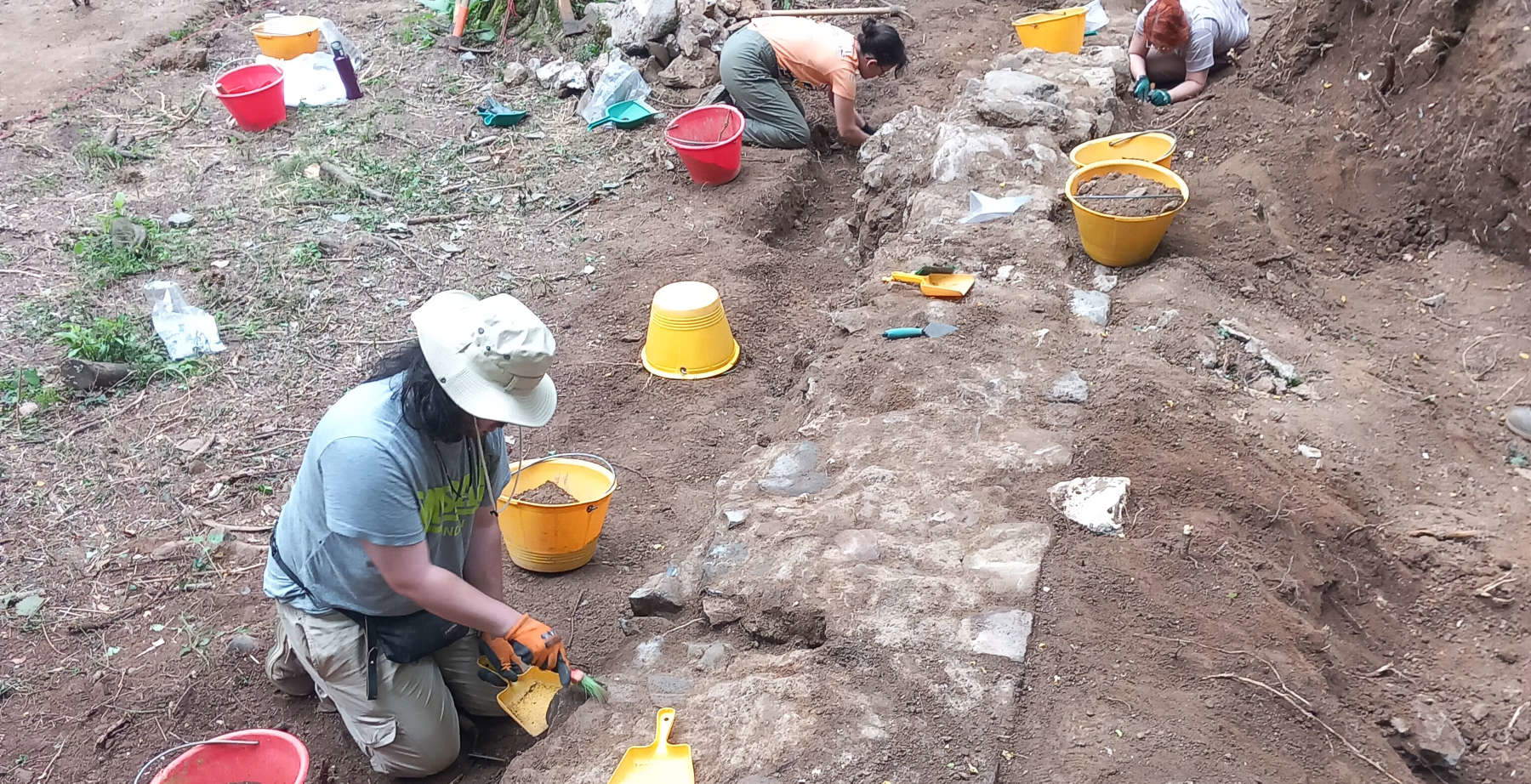Garfagnana, remains of a parish church discovered that had not been heard of since the 15th century
In the area of Gallicano in Garfagnana, the remains of the Pieve di San Cassiano have been recovered. The project was supervised by archaeologists from the paleopathology division of theUniversity of Pisa engaged in the Gallicano Project, directed by Professor Antonio Fornaciari of the Department of Translational Research and New Technologies in Medicine and Surgery. Built in the 11th century, the building was abandoned in the 14th century and had not been documented since the late 15th century. In addition to the remains of the church of San Cassiano, archaeologists have also unearthed alarge cemetery area attached to the parish church, with burials ranging from the early Middle Ages to the 13th century. Indeed, thanks to the analysis of the skeletal remains unearthed, it will be possible to learn about the diet, diseases and living habits of the local population over the centuries. Guided in the field by Drs. Letizia Cavallini and Rossella Megaro and Drs. Francesco Coschino and Alan Farnocchia, a number of students from the three-year course in Cultural Heritage Sciences, the Master’s Degree in Archaeology and the School of Specialization in Archaeology at the University of Pisa took part in the excavations: Alessio Andreazzoli, Alessia Bonfanti, Roberta Callipari, Pietro Franci, Maria Laura Genchi, Lucrezia Migotto, Letizia Pellicci, and Giorgia Ranieri. The archaeological project also benefits from the collaboration of medieval historians Ilaria Sabbatini (University of Palermo) and Paolo Tomei (University of Pisa), Monica Bini (University of Pisa) for geomorphological studies and Adriano Ribolini (University of Pisa) for geophysical studies.
“The Pieve di Gallicano was at the head of a vast territory that corresponded to the Apuan portion of the Val di Serchio, in lower Garfagnana, and had as many as 23 religious bodies under its dependencies,” explains Professor Antonio Fornaciari. “Thanks to the excavations conducted to date, we know that the church in its Romanesque phase was 18 meters wide and about 23 meters long, equipped with an apse and three naves interspersed with two rows of four columns.”
“The excavation,” Fornaciari continues, “also made it possible to identify the remains of a building prior to the 11th century, around which some lithic box and simple pit burials are arranged. This is most likely the early medieval parish church that was destroyed and incorporated into the larger ’Romanesque’ building during the 11th century.”
“The results obtained in these first four weeks,” the excavation director concludes, “would not have been possible without the willingness of the owners of the land, Giovanna Verciani, Luigi Guazzelli and Sabrina Poli, who enthusiastically joined the archaeological project, and the collaboration of the entire Gallicano community. In particular, of Fabrizio Riva, Sauro Simonini and Alvaro Simonini who, together with other residents, helped us in organizing the site. To all of them go our heartfelt thanks, as well as a big thank you goes to the Gallicano section of the Lucchese Historical Institute and to the municipality of Gallicano.”
 |
| Garfagnana, remains of a parish church discovered that had not been heard of since the 15th century |
Warning: the translation into English of the original Italian article was created using automatic tools. We undertake to review all articles, but we do not guarantee the total absence of inaccuracies in the translation due to the program. You can find the original by clicking on the ITA button. If you find any mistake,please contact us.





























